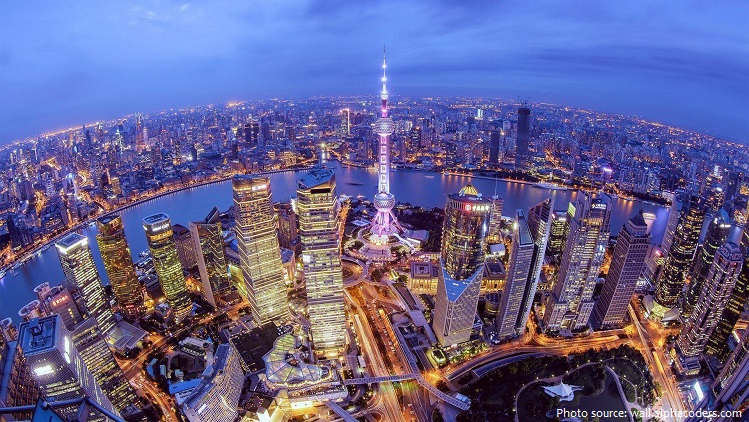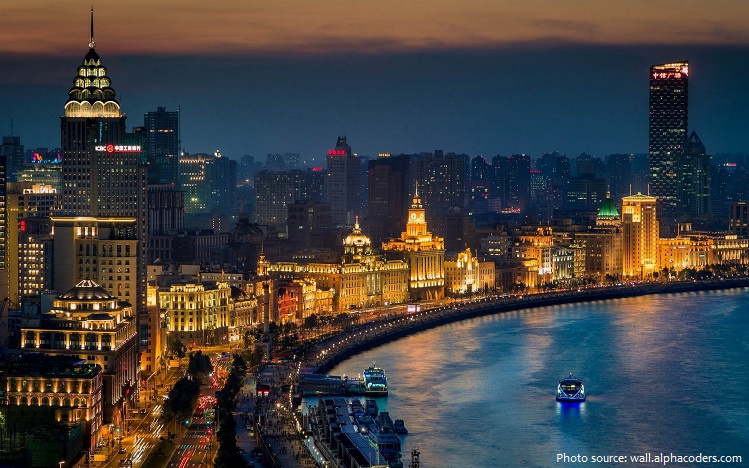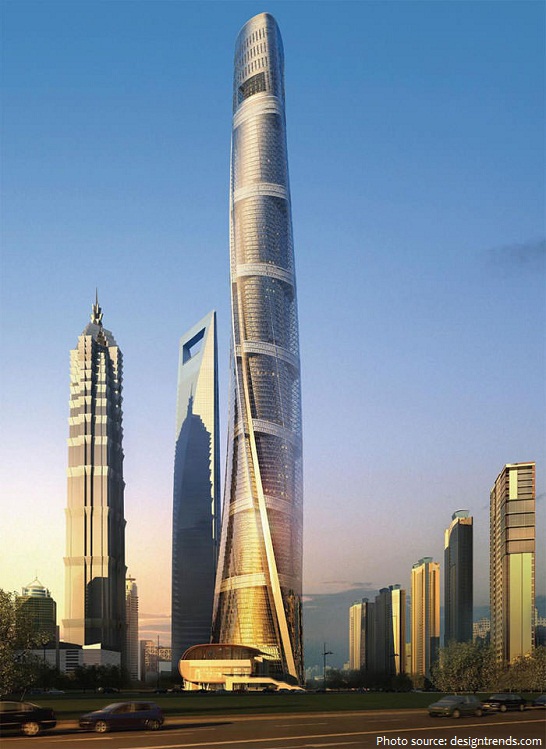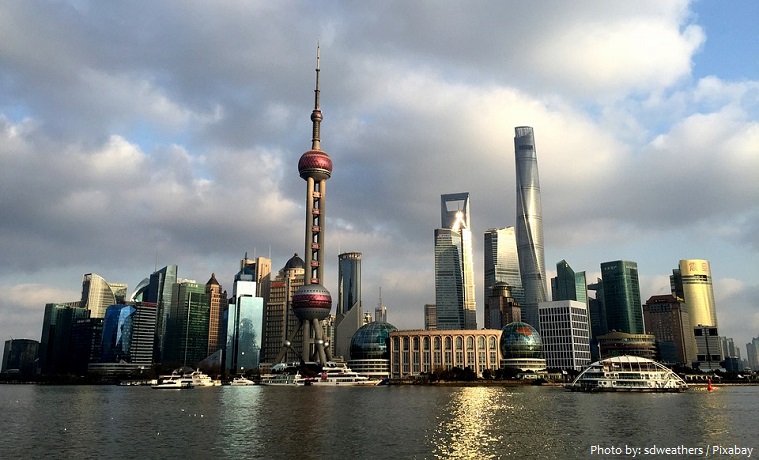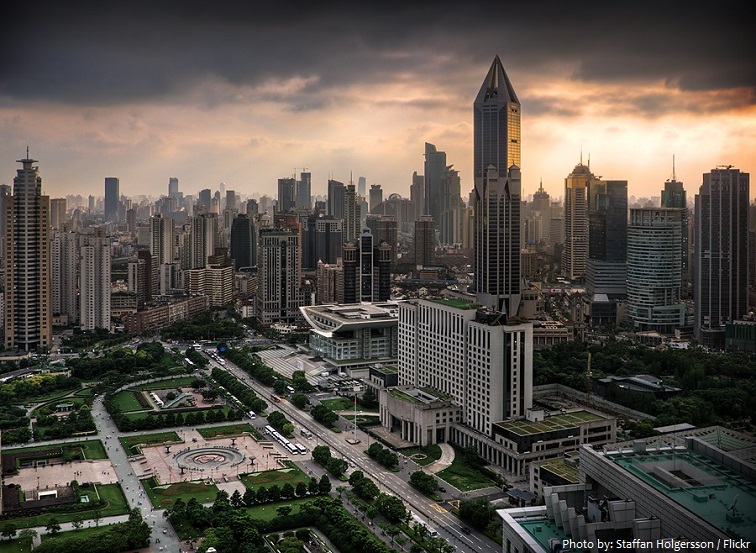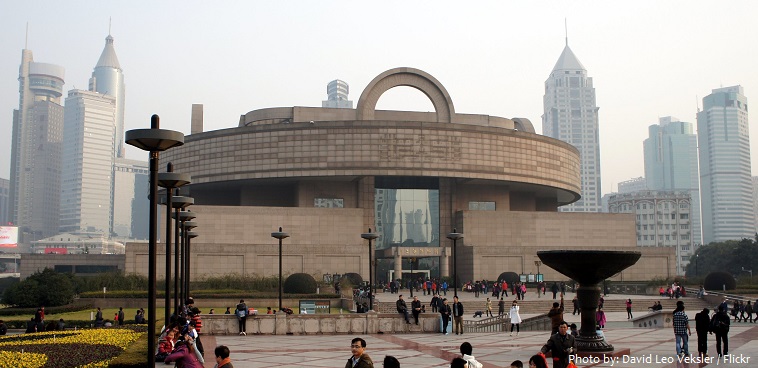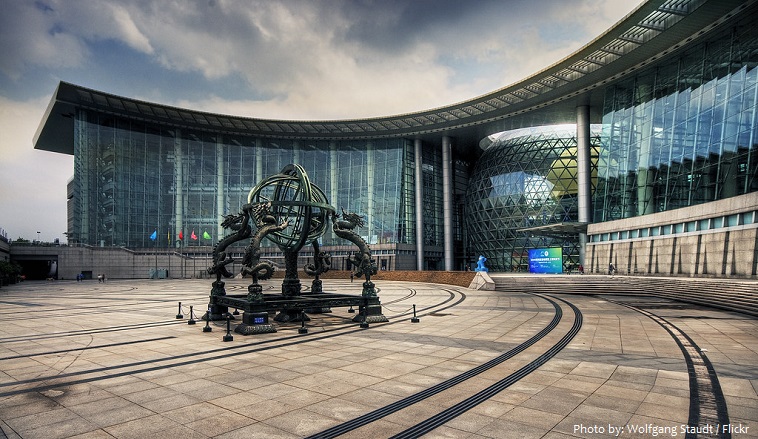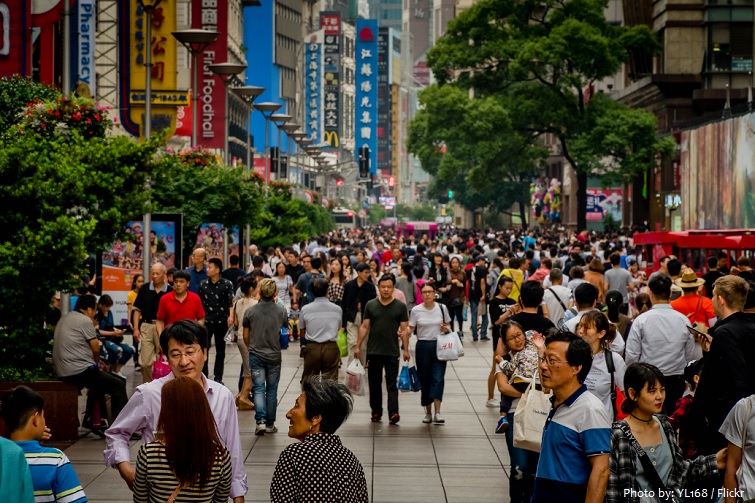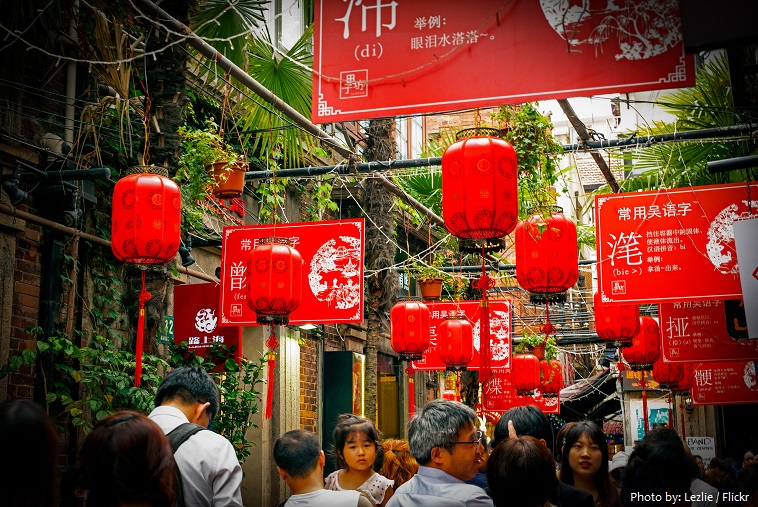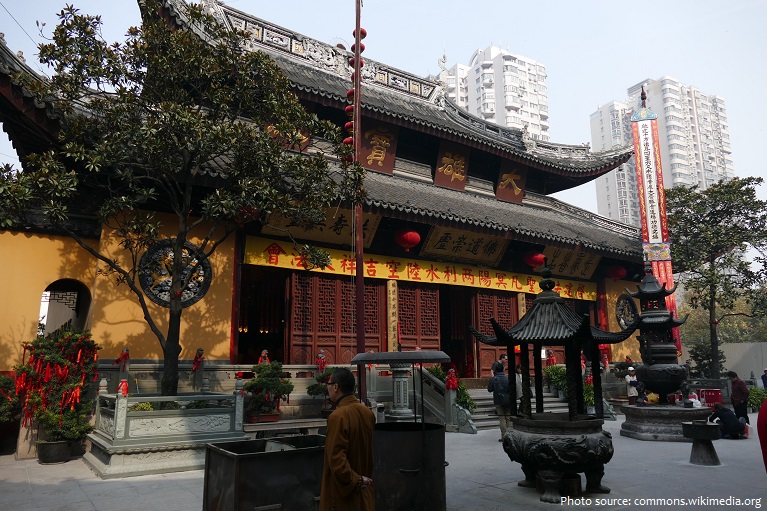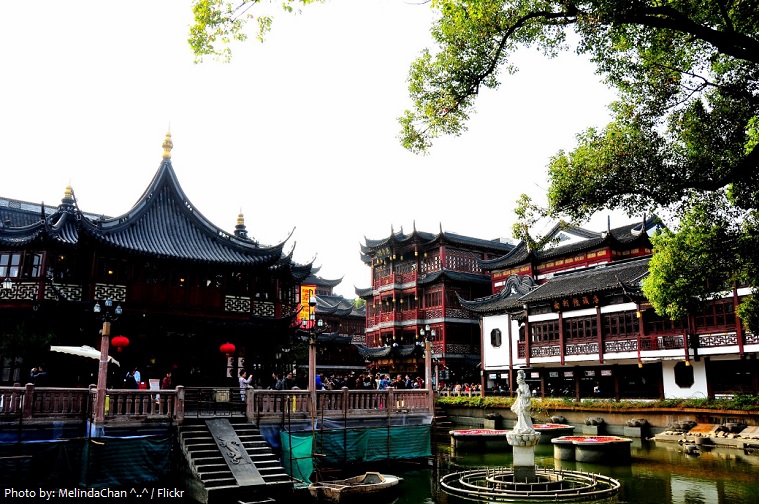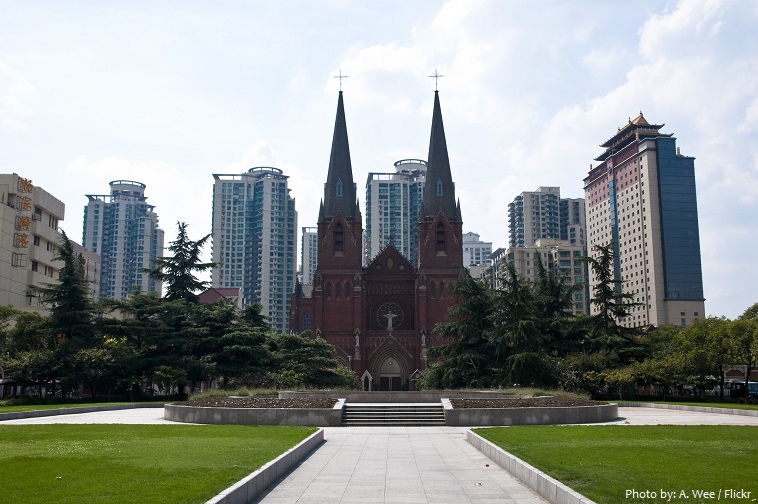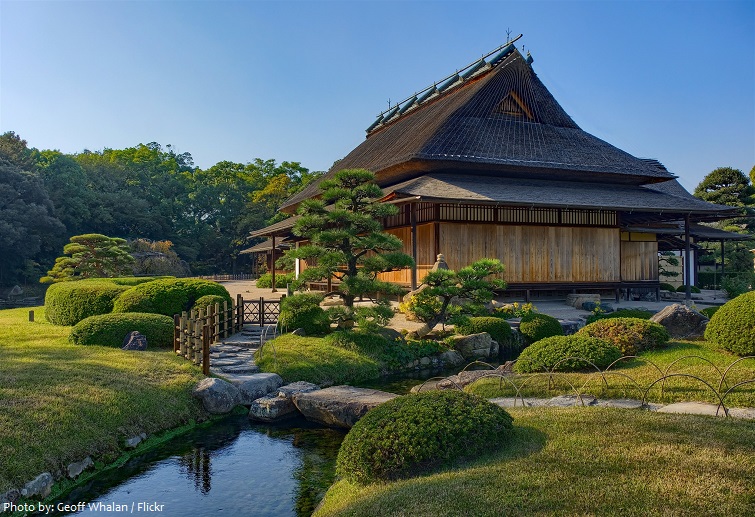Shanghai is the largest and traditionally the most developed metropolis in China.
The city is situated on the estuary of Yangtze River.
As of January 2020, the population of Shanghai is about 27 million people. It is the most populous urban area in China and the 2nd most populous city proper in the world (after Tokyo).
Shanghai covers a total area of 6,340 square kilometers (2,448 square miles).
The city has average elevation of 4 meters (13 feet) above sea level. The highest point is the peak of Dajinshan Island in Hangzhou Bay at 103 meters (338 feet) above sea level. The lowest point is sea level.
The two Chinese characters in the city’s name are 上 (shàng/zan, “upon”) and 海 (hǎi/hae, “sea”), together meaning “Upon the Sea”.
The history of Shanghai spans over a thousand years and closely parallels the development of modern China.
Originally a small agricultural village, Shanghai developed during the late Qing dynasty (1644–1912) as one of China’s principal trading ports.
Since the economic reforms of the early 1990s the city has burgeoned to become one of Asia’s major financial centers and the world’s busiest container port.
Shanghai has been described as the “showpiece” of the booming economy of China.
Shanghai has a rich collection of buildings and structures of various architectural styles.
The Bund or Waitan is a waterfront area in central Shanghai. It runs along the western bank of the Huangpu River. It’s particularly popular among tourists as the area has retained a European feel (it was once the location of the city’s International Settlement) that is particularly noticeable in the many old English and French buildings now serving as restaurants, boutique stores, galleries, and offices.
The Shanghai Tower is a megatall skyscraper in Shanghai. Construction work on the tower began in November 2008 and was completed at the end of 2015. The spiraling tower symbolizes China‘s emergence as a global financial power. The Shanghai Tower is officially recognized as the world’s second-tallest building by the CTBUH (Council on Tall Buildings and Urban Habitat), after Dubai‘s Burj Khalifa. The building is 632 meters (2,073 feet) high and has 137 floors (5 basement levels, 127 floors above ground and 5 podium floors), with a total floor area of 380,000 square meters (4,090,000 square feet).
The Oriental Pearl Tower is a TV tower in Shanghai. Construction began in 1991, and the tower was completed in 1994. It is the world’s sixth tallest TV and radio tower. Total height of tower from base including antenna, 468 meters (1,535 feet). The tower features 11 spheres, big and small. There are 3 large spheres including the top sphere, known as the space module.
People’s Square lies at the very heart of Shanghai and is the city’s exact center and showcase spot, home to the world-class museums, Grand Theater, five-star hotels, and a large water fountain, not to mention the imposing Shanghai City Hall. All these buildings were raised in the late 1990s, each being a significant architectural statement of Shanghai’s economic and cultural progress.
The Shanghai Museum is a museum of ancient Chinese art. Rebuilt at its current location in 1996, it is considered one of China’s first world-class modern museums. The museum has a collection of over 120,000 pieces, including bronze, ceramics, calligraphy, furniture, jades, ancient coins, paintings, seals, sculptures, minority art and foreign art.
Shanghai Science and Technology Museum is a large museum in Shanghai. The museum is one of China’s most-visited museums. It is one of the city’s top attractions with more than two million visitors each year. The museum is dedicated to the popularization of science, with an intended theme of the harmony of “Nature, Mankind, and Technology”. Like the overall building design, the original exhibits were designed by Creative Star Digital.
Nanjing Road is a road in Shanghai. It is located in the city center, running in a west–east direction. The eastern part of Nanjing Road is the main shopping streets of Shanghai, China, and is one of the world’s busiest shopping streets along with Bukit Bintang. The street is named after the city of Nanjing, capital of Jiangsu neighbouring Shanghai.
Tianzifang is a touristic arts and crafts enclave that has developed from a renovated traditional residential area in the French Concession area of Shanghai. It is now home to boutique shops, bars and restaurants.
The Jade Buddha Temple is a Buddhist temple in Shanghai. As with many modern Chinese Buddhist temples, the current temple draws from both the Pure Land and Chan traditions of Mahayana Buddhism. It was founded in 1882 with two jade Buddha statues imported to Shanghai from Myanmar by sea. These were a sitting Buddha, and a smaller reclining Buddha representing the Buddha’s death. The temple now also contains a much larger reclining Buddha made of marble, donated from Singapore, and visitors may mistake this larger sculpture for the original, smaller piece.
The City God Temple of Shanghai is a folk temple located in the old city of Shanghai. It commemorates the elevation of Shanghai to municipal status and is the site of the veneration of three Chinese figures honored as the city gods of the town.
St. Ignatius Cathedral also known as the Xujiahui Cathedral is a Neo-Gothic Roman Catholic cathedral. Since 1960, St Ignatius has been the seat of the Bishop of Shanghai and the headquarters of the Roman Catholic Diocese of Shanghai. Designed by English architect William Doyle, and built by French Jesuits between 1906 and 1910, it is said to have once been known as “the grandest church in the Far East.” It can accommodate 2,500 worshippers at the same time.
Yu Garden is a classical garden ranking among the top attractions in Shanghai. The garden covers an area of more than 20,000 square meters (215,000 square feet) and consists of an outer and an inner garden. It dates back to the Ming Dynasty (1368-1644) and was owned by a government officer named Pan Yunduan. Yu in Chinese means pleasing and satisfying, and this garden was specially built for Pan’s parents as a place for them to enjoy a tranquil and happy time in their old age.
As a result of its construction boom during the 1920s and 1930s, Shanghai has among the most Art Deco buildings in the world.
Shanghai has numerous skyscrapers, making it the fifth city in the world with the most skyscrapers.
As China’s main industrial centre, Shanghai has serious air, water, and noise pollution.
Every year, the city hosts numerous national and international events, including Shanghai Fashion Week, the Chinese Grand Prix, and ChinaJoy.
Shanghai is also known for its sugary cuisine and distinctive dialect, Shanghainese.
During World War II, thousands of Jews emigrated to Shanghai in an effort to flee Nazi Germany. They lived in a designated area called the Shanghai Ghetto and formed a community centered on the Ohel Moishe Synagogue, which is now the Shanghai Jewish Refugees Museum.


